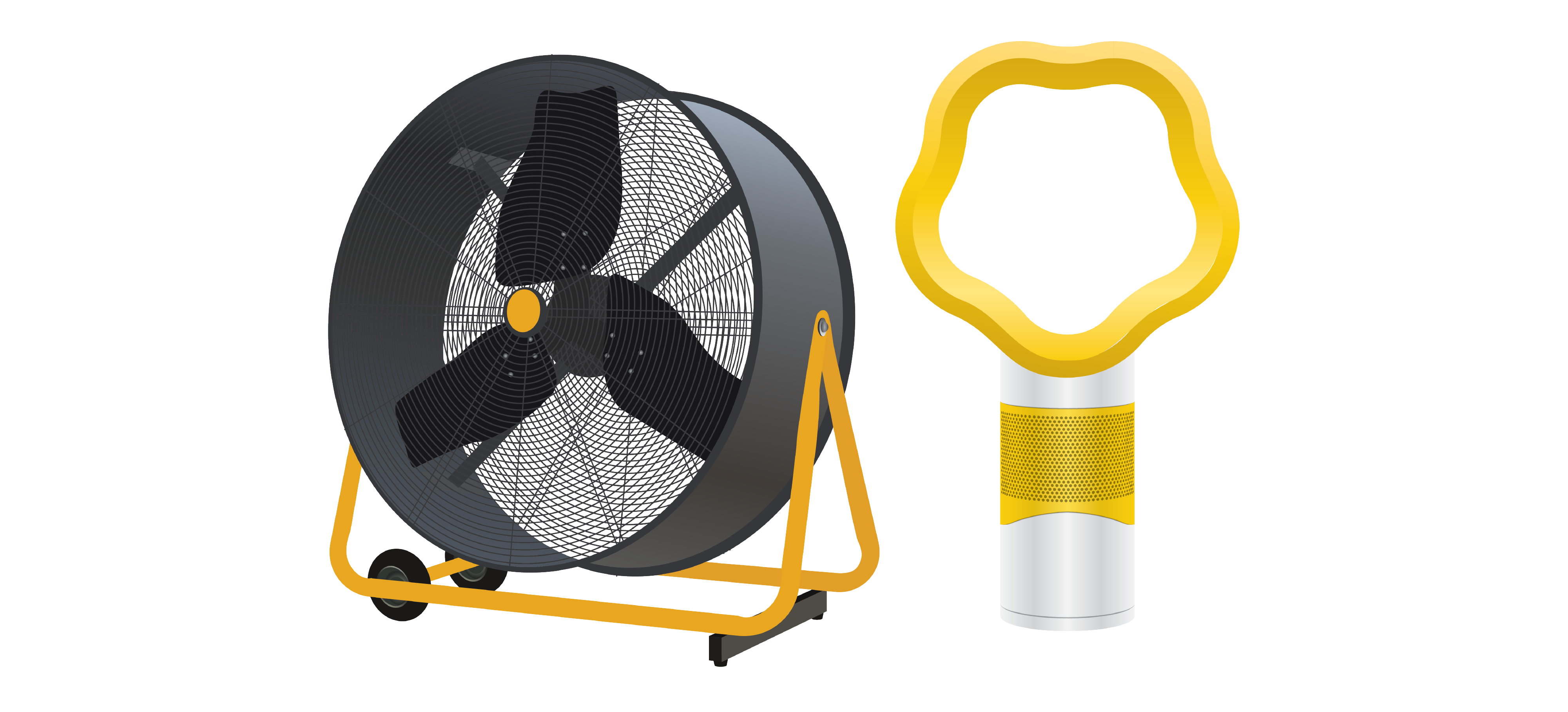
5.7 Sound Design

Sound design is important in a variety of professions from design to the arts
Sound design refers to the practice of developing sounds by specifying, acquiring or creating auditory design elements using audio production processes. Sound design in products can range from non-existing sounds or silence (minimizing the sound of kitchen appliances) to consistent sounds (ongoing sounds of the car motor or the sewing machine), or aggressive sounds (alarm clocks and smoke detectors). As noted earlier, the sound must be well-matched to the product.
Products can be enhanced by sound design in two ways: additive and subtractive sound design. According to Case and Day (2019), additive sounds should aim to improve the user experience, augment a display, or enhance an environment. Whereas subtractive sounds should aim to produce quieter, better-sounding and more pleasant products or environments. These design principles are related to the user experience response to wanted and unwanted sounds, as discussed earlier.
General guidelines for designing additive sounds adapted from Case and Day (2019) include:
- Taking cues from familiar sounds in the natural world (Gaver, 1986).
- Selecting sounds that fit within their context of use or provide the opportunity for users to change the sounds to fit.
- Determining the appropriate timespan of sounds, for example by reducing the duration of frequent notifications.
- Considering the volume of sounds relative to each other, to their function, and to their interactions with other objects.
- Attempting to provide alternative feedback (such as visual or tactile) for people with very low hearing ability and facilitate connections with auditory aids (Clarkson, 2009).
Designing sounds for a car interior
General guidelines for designing subtractive sounds adapted from Case and Day (2019) include:
- Minimizing materials and components that create noise.
- Improving the quality of materials and components to ensure longer life and smoother fit.
- Coating surfaces with vibroacoustic materials to reduce friction and noise or insulating parts to minimize vibrations.
- Providing the opportunity for users to modify, minimize, or turn off notification sounds completely or for a specific time range.
- Reducing or eliminating spoken word product communications when appropriate.

Product innovations can reduce consequential sounds

Sound-dampening materials improve noisy environments
Process of Sound Design
The process of designing sound is similar to the process of product design in that it is divided into iterative phases from the initial concept to the final product. According to Özcan & van Egmond (2008), sound is an integral property of the product and the application of product sound is a part of the main product development process.
When it comes to the design of the sound, designers use a 4-stage model which consists of the Problem Analysis Phase, the Conceptual Design Phase, the Embodiment Design Phase, and the Detailing Phase.
The Problem Analysis Phase is responsible for identifying the nature of the sound challenge (i.e., products, materials, and parts). In this phase, designers analyze the sound problem and present it by auditory means, such as recordings of existing sounds.
The Conceptual Design Phase includes sounding sketches which are snippets of recordings. They are created to conceptualize ideas and find any object that has the potential to represent the desired sounds. This is like the iterative phase in a design project and sounds can range widely.
The Embodiment Design Phase is a specification phase. Sounding Models are produced that represent and roughly imitate how the product functions and sounds. The sounding model is an auditory representation of the designer’s ideas that is used for discussion and consideration with other decision-makers.
In the Detailing Phase prototypes, actual sounds of the selected representations are developed to test the functionality of the product and the sound it produces, as well as the user’s responses to them (Özcan & van Egmond 2008).

